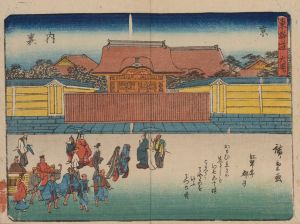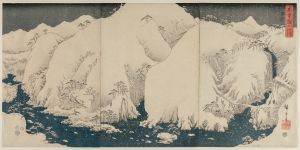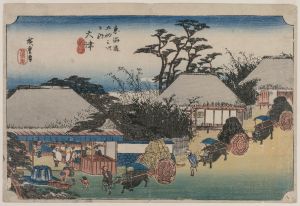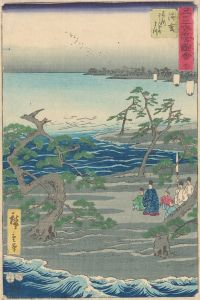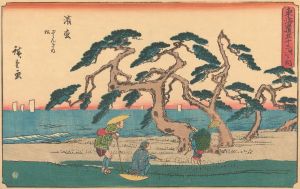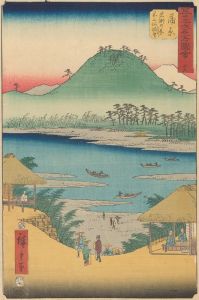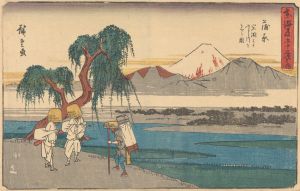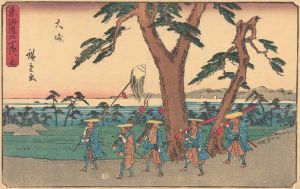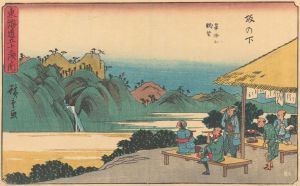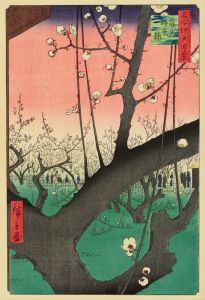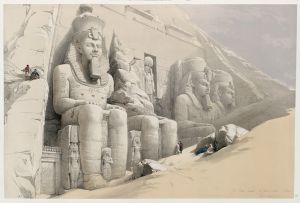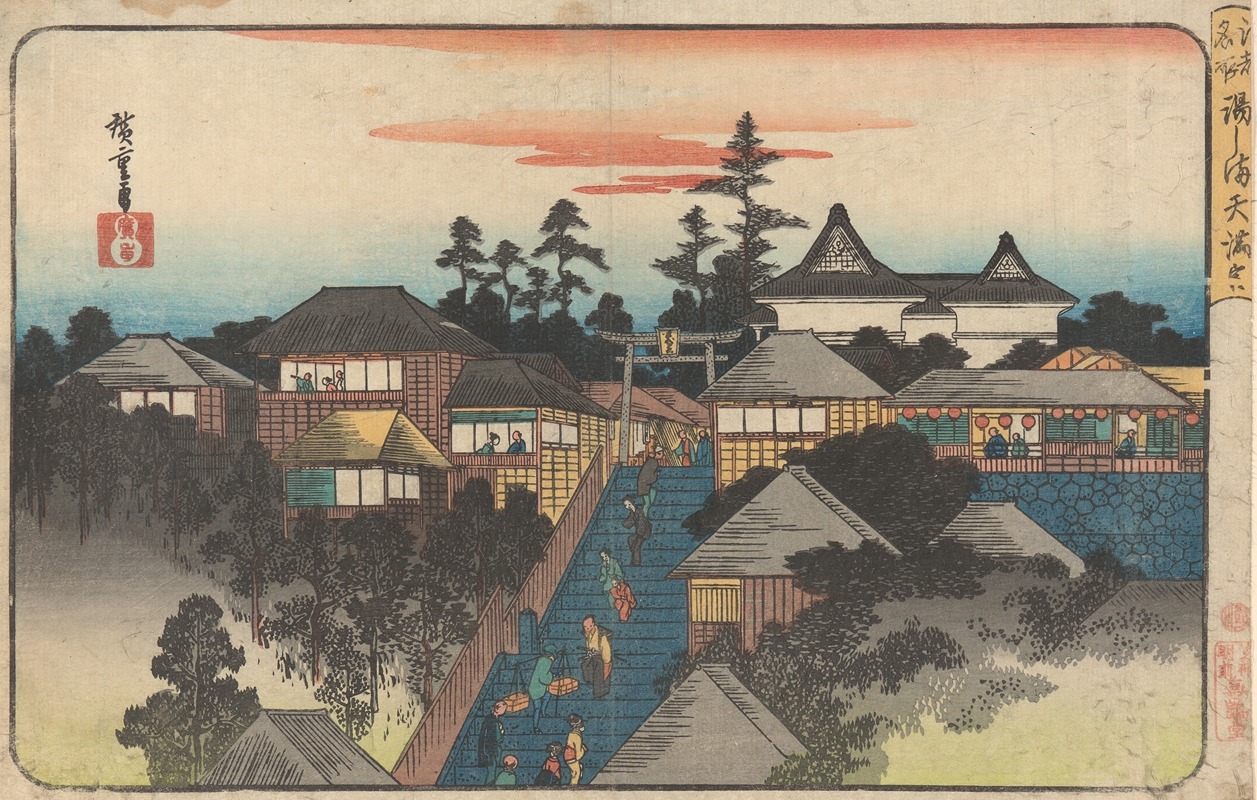
Ushima Shrine in Hongo District
A hand-painted replica of Andō Hiroshige’s masterpiece Ushima Shrine in Hongo District, meticulously crafted by professional artists to capture the true essence of the original. Each piece is created with museum-quality canvas and rare mineral pigments, carefully painted by experienced artists with delicate brushstrokes and rich, layered colors to perfectly recreate the texture of the original artwork. Unlike machine-printed reproductions, this hand-painted version brings the painting to life, infused with the artist’s emotions and skill in every stroke. Whether for personal collection or home decoration, it instantly elevates the artistic atmosphere of any space.
Ushima Shrine in Hongo District is a woodblock print by the renowned Japanese ukiyo-e artist Andō Hiroshige. Hiroshige, born in 1797 and deceased in 1858, is celebrated for his landscape prints and is considered one of the last great masters of the ukiyo-e tradition. His works are known for their poetic and atmospheric qualities, often capturing the transient beauty of nature and the changing seasons.
This particular print is part of Hiroshige's series "One Hundred Famous Views of Edo" (Meisho Edo Hyakkei), which was published between 1856 and 1858. The series is a collection of 119 woodblock prints that depict various scenes around Edo, now known as Tokyo. Each print in the series highlights a specific location, capturing the essence and atmosphere of the place during the Edo period.
Ushima Shrine, located in the Hongo district of Edo, is the subject of this print. The shrine was a notable religious site during the Edo period, and Hiroshige's depiction provides a glimpse into its historical significance and the surrounding environment. The print illustrates the shrine's architecture and the natural beauty of its setting, often featuring elements such as trees, water, and the sky, which are characteristic of Hiroshige's style.
Hiroshige's use of color and composition in this print exemplifies his mastery of the ukiyo-e technique. The artist employed a limited color palette, utilizing shades of blue, green, and brown to create a harmonious and tranquil scene. The composition is carefully balanced, with the shrine positioned in a way that draws the viewer's eye into the depth of the image, inviting them to explore the details of the landscape.
The "One Hundred Famous Views of Edo" series, including the Ushima Shrine print, was produced using the traditional Japanese woodblock printing technique. This involved carving the image into a wooden block, inking it, and then pressing it onto paper. The process required the collaboration of skilled artisans, including the designer (Hiroshige), the carver, and the printer, each contributing to the final artwork.
Hiroshige's prints, including Ushima Shrine in Hongo District, have had a lasting impact on both Japanese and Western art. They were instrumental in the development of the Japonisme movement in Europe during the late 19th century, influencing artists such as Vincent van Gogh and Claude Monet. The prints' emphasis on natural beauty, perspective, and composition resonated with Western artists, contributing to the evolution of modern art.
Today, Hiroshige's works are highly regarded and continue to be studied and appreciated for their artistic and historical value. Ushima Shrine in Hongo District remains a testament to Hiroshige's ability to capture the spirit of Edo and its landscapes, offering viewers a window into the past and the enduring beauty of Japanese art.





